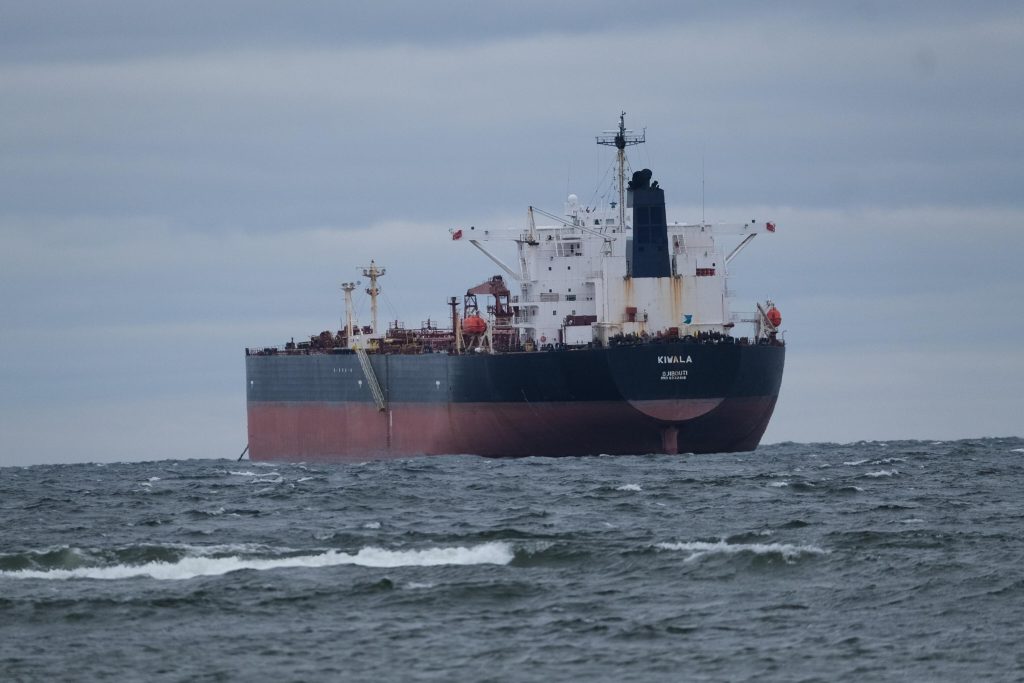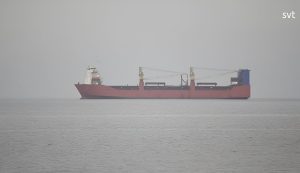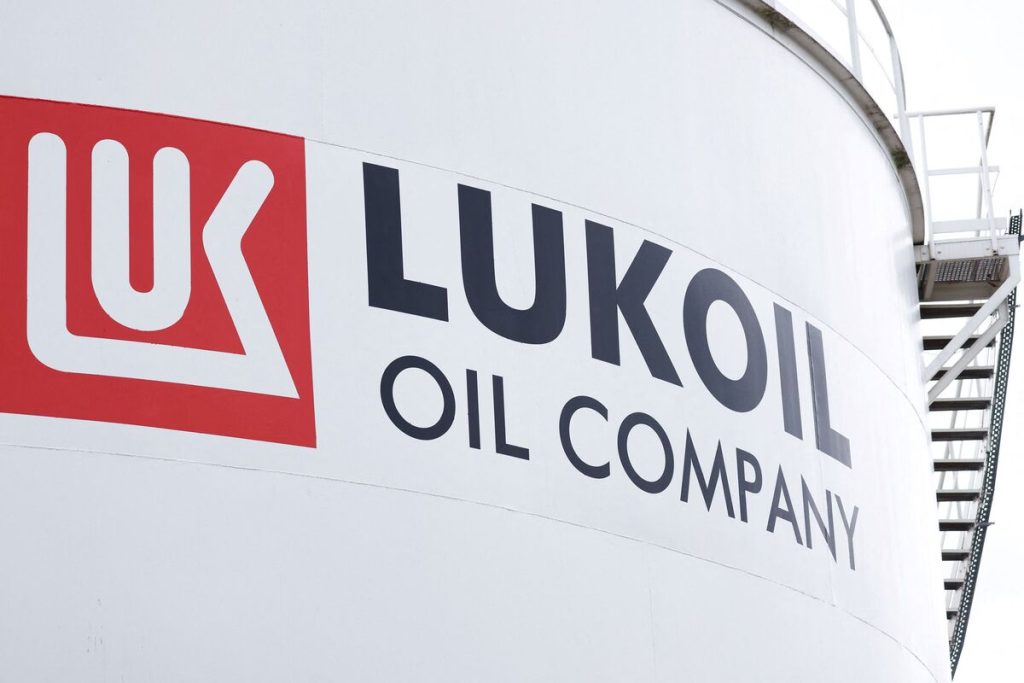Russia has spent $14 billion on its “shadow fleet” over the past three years

Over the past three years, Russia has spent $14 billion on the purchase of just over 400 tankers for its so-called “shadow fleet.”
This is reported by Splash, citing Navigating Russia, a book by former Wall Street banker Craig Kennedy.
The sweeping sanctions in 2025 helped significantly reduce Russia’s “shadow fleet” — by about 46%, according to Kennedy’s calculations.
In the second half of 2024, shadow vessels accounted for more than 60% of crude oil tankers loaded at Russian Baltic terminals. By the end of March 2025, that figure had fallen sharply to below 40%. The gap has been filled by a sharp increase in loadings by major oil carriers.
In his latest article, Kennedy argues that the collapse in the shadow fleet’s loadings is not the result of Urals crude falling below the $60/barrel threshold; the price drop occurred before prices fell below that threshold. Rather, it is the result of a sharp and significant loss of usable capacity in the shadow fleet following Washington’s imposition of sweeping sanctions on some 158 oil tankers on January 10. This was compounded by additional restrictions imposed by the UK and EU in late February.
Kennedy suggested that much of the $14 billion spent by Moscow over the past three years was a waste of money on a massive scale.
“Billions are being spent on the fleet to circumvent sanctions when the fleet itself is highly vulnerable to direct ship-based sanctions,” he argues.
European and American shipowners have siphoned off at least $6.3 billion from the sale of hundreds of aging tankers to shell companies, from where they end up in the “shadow fleet,” a February investigation by the Organized Crime and Corruption Reporting Project (OCCRP) and investigative journalists with Follow the Money found.
The report tracks the sale of about 230 vessels and how they often quickly changed names and flags after the sale and then began transporting oil for Russia, naming some very well-known names in European shipping, particularly from Greece, which accounts for more than half of the sales that ended up in the “shadow fleet.”
Direct sales of oil tankers to Russian companies are prohibited by European Union sanctions imposed in 2023. But indirect sales to companies from countries not subject to sanctions are not illegal. Follow the Money and its media partners have identified at least 32 tankers with European ownership that were sold to the “shadow fleet” after the rules came into effect at the end of 2023.
“More than a third of the shadow fleet of tankers carrying Russian oil consists of vessels previously owned by shipowners from Western countries — the same countries that imposed sanctions on Russia over its aggressive war in Ukraine,” the joint investigation says.
At the end of last year, the number of vessels subject to sanctions exceeded 1,000, and data from S&P Global Market Intelligence shows that more than 800 of them have no verified insurance. In addition, the average age of the vessels targeted by the sanctions — 21 years — is about eight years older than the global average, which increases concerns that the growth of the “shadow fleet” could lead to numerous costly environmental disasters.
USM previously reported that the European Commission is preparing new sanctions against Russia’s “shadow fleet.”





